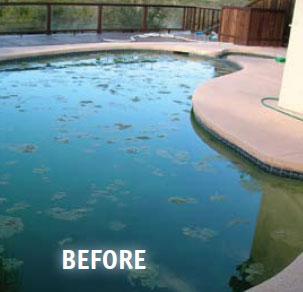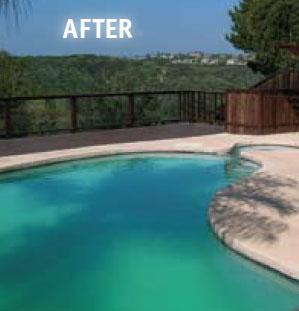Chula Vista Turns Foreclosures Around
The City of Chula Vista won the Award for Excellence in the Internal Administration category of the 2009 Helen Putnam Award for Excellence program. For more information about the award program, visit www.cacities.org/helenputnam.
Over the past decade, the City of Chula Vista was one of California’s fastest growing communities. As a result of the financial crisis fueled by subprime loans, it was hit hard in 2007 by foreclosures that negatively affected virtually every neighborhood.
The city found it was not unusual for homes in foreclosure to sit vacant for months without maintenance. Such properties can discourage potential buyers of adjacent maintained properties and devalue surrounding homes. This destabilizes neighborhoods and can lead to blight and reduced property values.
Chula Vista initiated its Residential Abandoned Properties (RAP) Program to address the adverse conditions and blight caused by abandoned, financially distressed residential properties. Completing the foreclosure process can take months or years; meanwhile the vacant property continues to deteriorate.
Holding Lenders Responsible
The beneficial financial interests, or mortgage lenders, of these properties are hesitant to take any action to secure or maintain these vacant abandoned properties until after the foreclosure is complete. Initially this might seem logical, as technically the lender does not yet own the property in a foreclosure action until after the trustee’s sale. However, in Chula Vista’s experience, many of the representatives of national and multi-national corporations used the fear of lawsuits and litigation to avoid “trespassing” on property that they “do not yet own.” They neglected to acknowledge or exercise the rights they hold under their deed of trust/mortgage contract, which include an abandonment and waste clause that provides the lender the right and authority to enter, secure and maintain properties that are “abandoned” in order to protect their collateral: the property. Typically the lenders would not admit this authority exists. They left security and maintenance of these nuisances to local jurisdictions, exploiting the jurisdiction’s staffing and budget resources.
The RAP Program codified the need for security and maintenance and placed the responsibility on the lenders that made the risky loans and profited in the boom years. In short, the program requires that lenders be good neighbors and maintain their properties.
The city’s initial goal was to help stabilize neighborhoods impacted by high default and foreclosure rates. By requiring lenders to take responsibility earlier in the process or be fined, Chula Vista has greatly reduced the negative impact on the surrounding neighborhoods.
The program requires mortgage lenders to inspect defaulted properties to confirm that they are occupied. If a property is found to be vacant, the program requires that the lender exercise the abandonment clause within the mortgage contract, register the property with the city and immediately begin to secure and maintain the property to the neighborhood standard. The lender must also hire a local company to inspect the property every week. The property must be posted with the name and 24-hour contact number of the company responsible for the weekly inspection, maintenance and security of the property. This relieves the city’s Code Enforcement Section of the need to act as the property manager and allows neighbors to have direct contact with a responsible party. This is intended to deter and halt any potential deterioration of the property and thus preserve the neighborhood.
Measuring Success
Chula Vista measures the program’s success by three criteria:
- Minimizing the negative impact caused by vacant abandoned homes that aren’t maintained;
- Creating more open communication with lenders; and
- Recovering program costs.
Despite the difficulty of impacting the mortgage lending industry and getting its attention, this program succeeded in accomplishing in a year what the city was unable to do in 10 years using traditional code enforcement methods. The city received more than 2,200 RAP registrations in the program’s first two years. Daily fines of $100–$500 for noncompliance helped get lenders’ attention.
Program cost recovery has a more quantitative value. In the program’s first year, staffing costs totaled approximately $175,000. Of that cost, $112,000 was offset by the $70 per-property registration fee and the remainder was offset by nearly $1.4 million in fines issued to noncompliant properties. The net cost to the taxpayers is zero, and the benefit is immeasurable in dollars.
The program has been replicated in jurisdictions throughout California, Florida and the nation.
Contact: Doug Leeper, code enforcement manager, City of Chula Vista; phone: (619) 585-5622; e-mail: dleeper@ci.chula-vista.ca.us.
This article appears in the May 2010 issue of Western City
Did you like what you read here? Subscribe to Western City



